There’s something magical about gliding through water that lights up with every paddle stroke—like stirring liquid starlight. Bioluminescent paddling offers one of nature’s most enchanting experiences.
When disturbed, microscopic organisms called dinoflagellates create ethereal blue-green glows. These tiny marine creatures turn ordinary nighttime kayaking into an otherworldly adventure that feels more like science fiction than reality.
The best bioluminescent experiences happen in secluded bays where light pollution is minimal and water conditions are just right. Here is a list of 20 hidden gems around the world where you can witness this natural phenomenon in its full glory.
Mosquito Bay, Puerto Rico
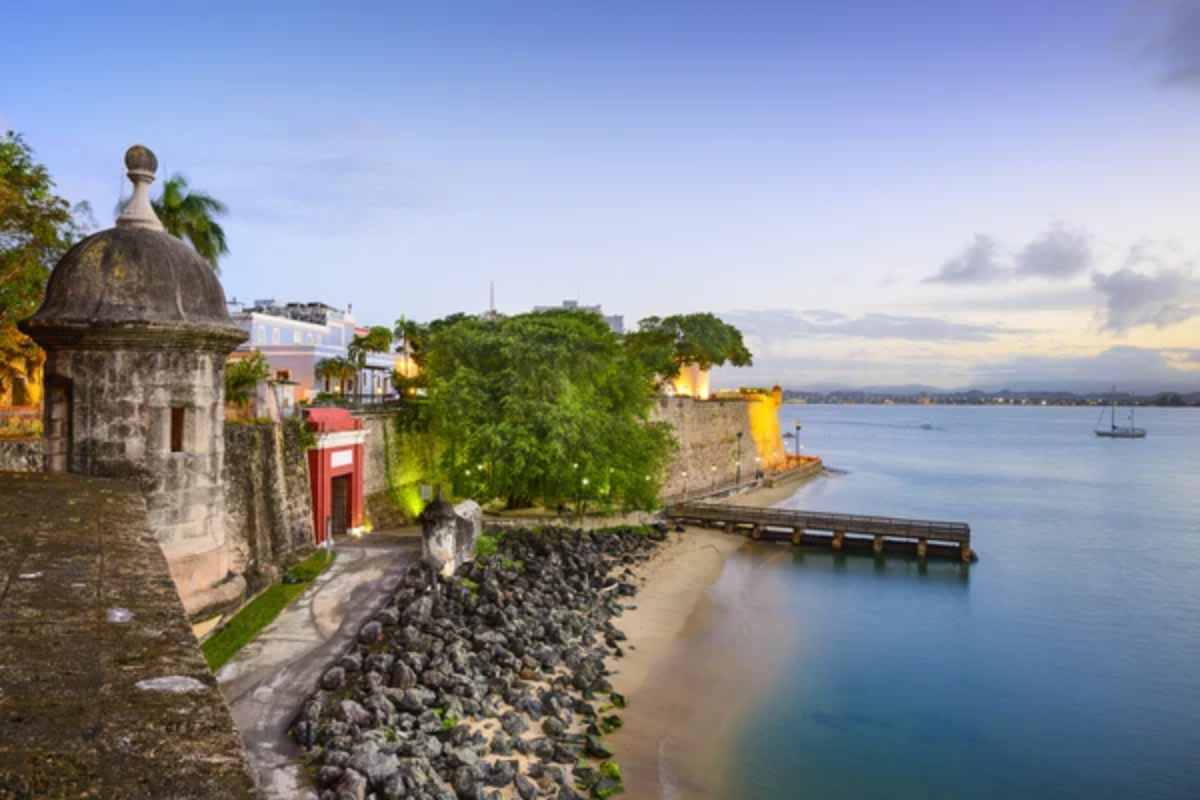
This UNESCO-protected biosphere reserve holds the world’s brightest bioluminescent bay, with over 700,000 dinoflagellates per gallon of water. The organisms here glow so intensely that you can actually read a book by their light on particularly active nights.
Tour operators in nearby Vieques offer guided kayak trips that time perfectly with the darkest moon phases for maximum visibility.
Luminous Lagoon, Jamaica
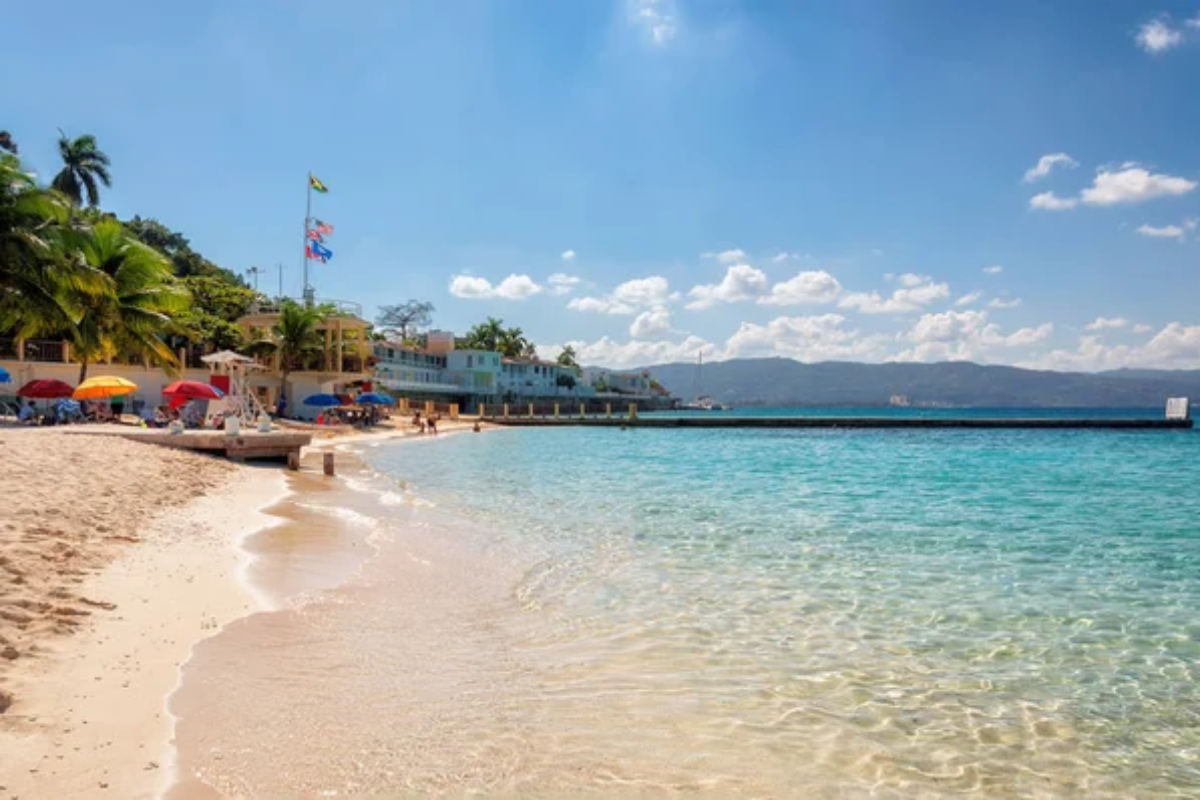
This lagoon, situated in Falmouth, is illuminated throughout the year by its special mix of fresh and salt water, which makes it the ideal setting for bioluminescent plankton. The depth is such that you can swim in it, giving you the illusion of floating in a galaxy.
Guided tours by local guides in the evening involve both kayaking and swimming.
Like Travel Pug’s content? Follow us on MSN.
Halong Bay, Vietnam
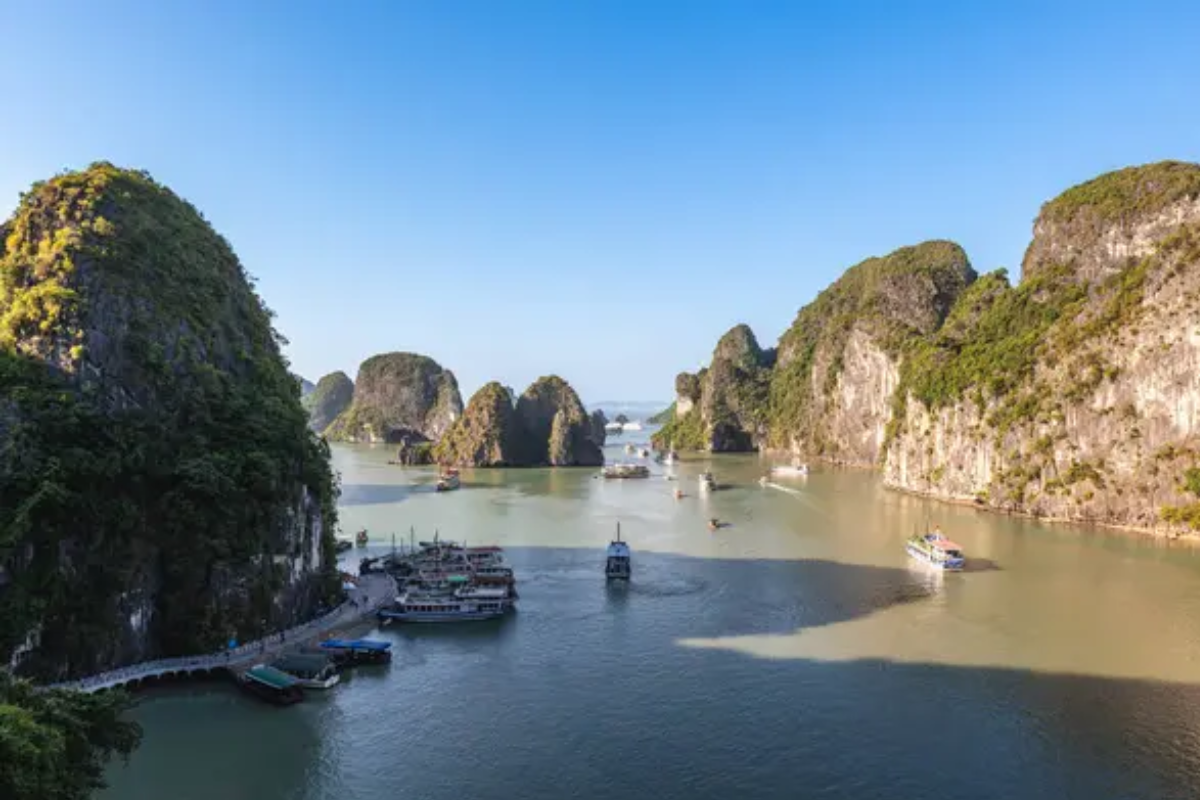
While famous for its limestone karsts, Halong Bay also hosts incredible bioluminescent displays during certain seasons, particularly from April to August. The protected waters between the towering rock formations create perfect conditions for plankton blooms.
Night kayaking here combines the mystical beauty of ancient limestone pillars with underwater light shows that reflect off the calm surface.
Holbox Island, Mexico
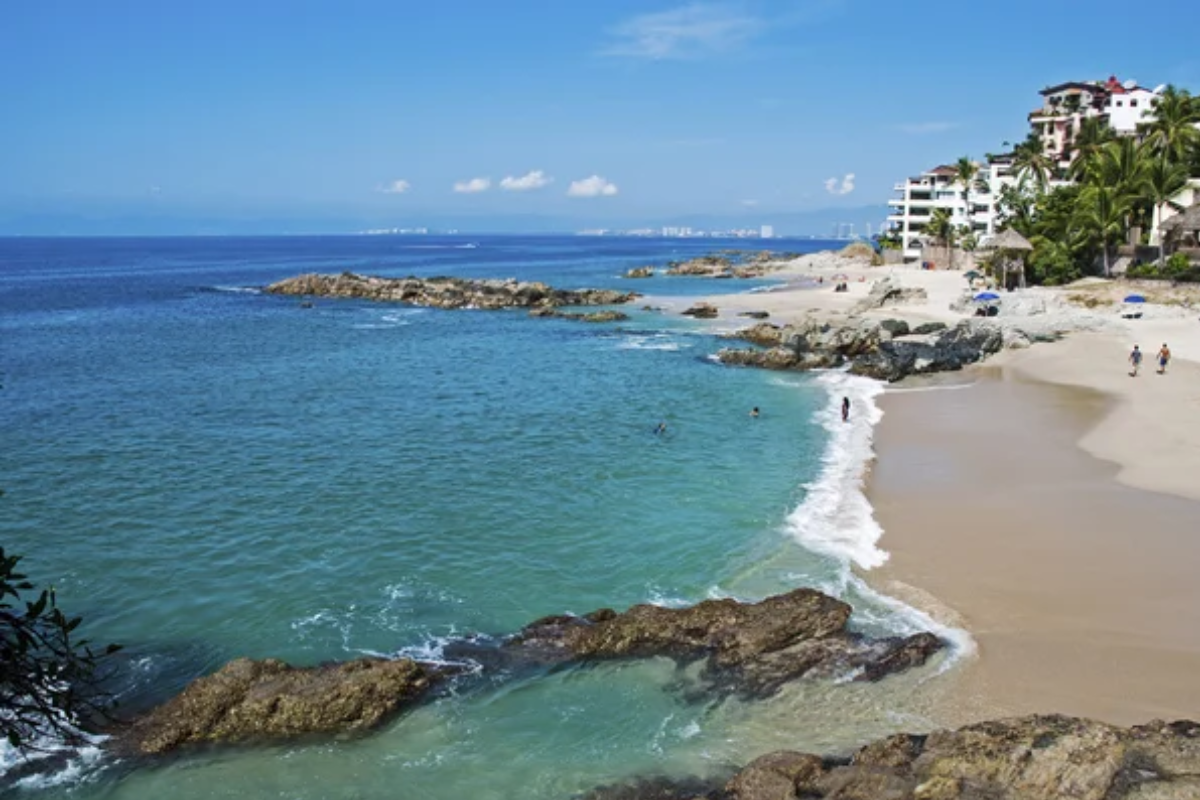
This island off the Yucatan Peninsula, closed to cars, provides some of the most consistent bioluminescence in the Caribbean region, particularly during summer. The shallow lagoons on the north end of the island are the perfect place for plankton to bloom away from harsh currents.
Local eco-tours promote conservation while providing access to untainted waters that sparkle like dispersed diamonds.
Tomales Bay, California
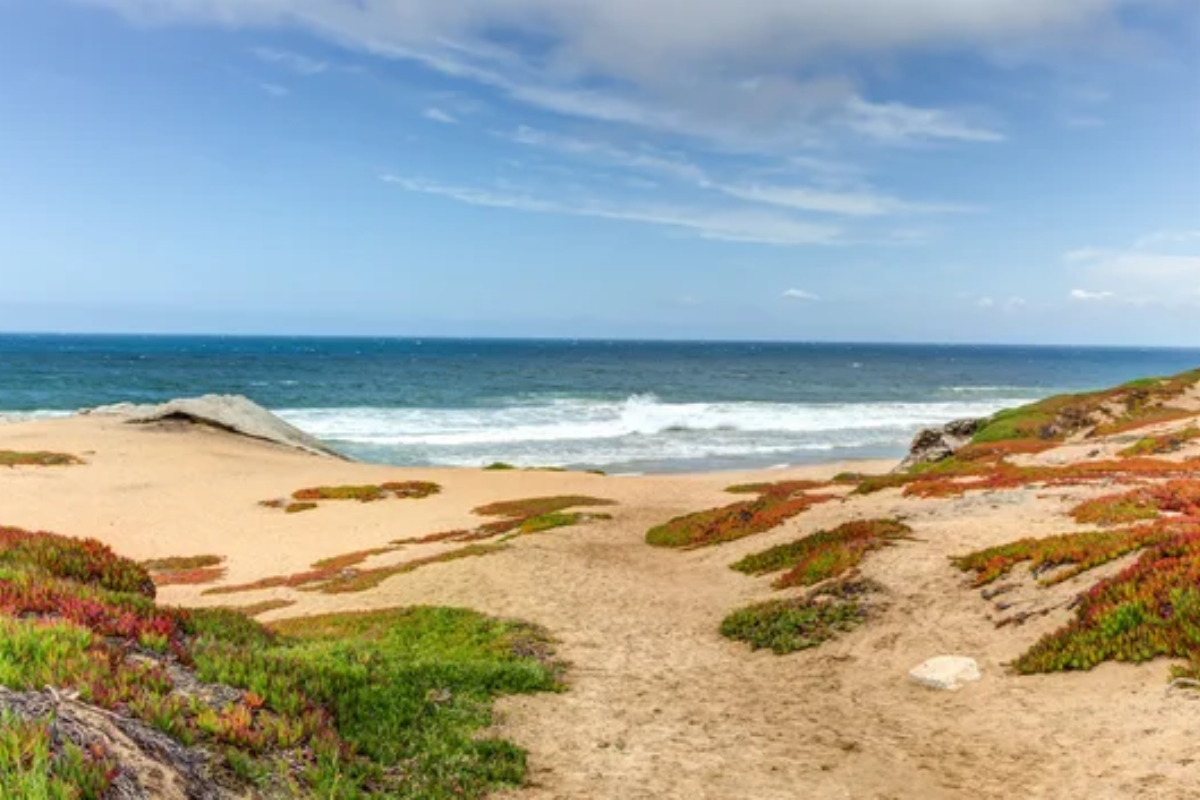
Northern California’s Tomales Bay produces spectacular bioluminescent displays during red tide events, which typically occur in late summer and fall. The long, narrow inlet protects ocean swells while maintaining the nutrient-rich conditions that plankton need.
Point Reyes National Seashore, about 20 miles north of San Francisco, offers guided night paddles when conditions are right.
Like Travel Pug’s content? Follow us on MSN.
Indian River Lagoon, Florida
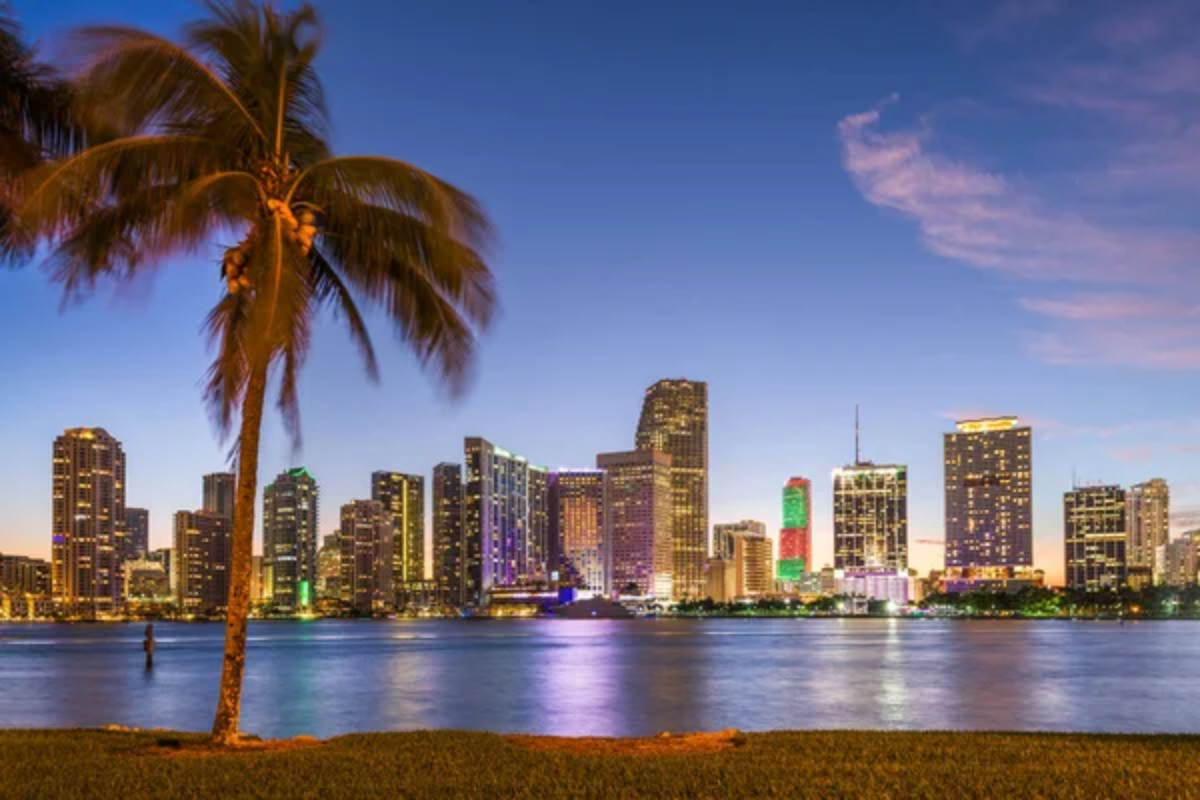
This 156-mile-long estuary system lights up during warm summer months, particularly around Merritt Island and the Canaveral National Seashore. The brackish water here supports massive plankton blooms that create some of the most intense bioluminescence in North America.
Kayak rentals in nearby Titusville offer easy access to the best viewing spots just minutes from launch points.
Toyama Bay, Japan
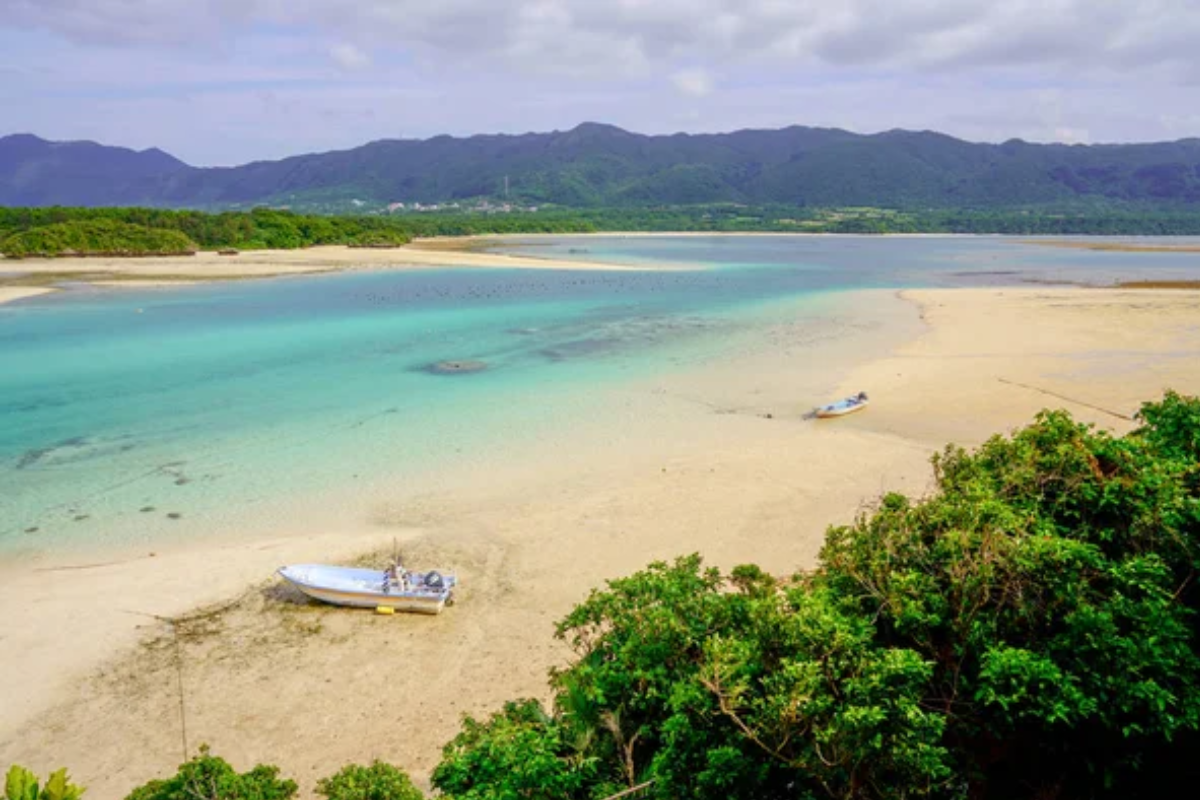
Famous for its firefly squid, Toyama Bay offers a different type of bioluminescent experience where larger marine animals create the light show. From March to June, millions of these tiny squid rise to the surface, creating blue flashes visible from shore.
Yet, local fishing boats offer special night tours where you can paddle alongside these glowing creatures in designated areas.
Jervis Bay, Australia
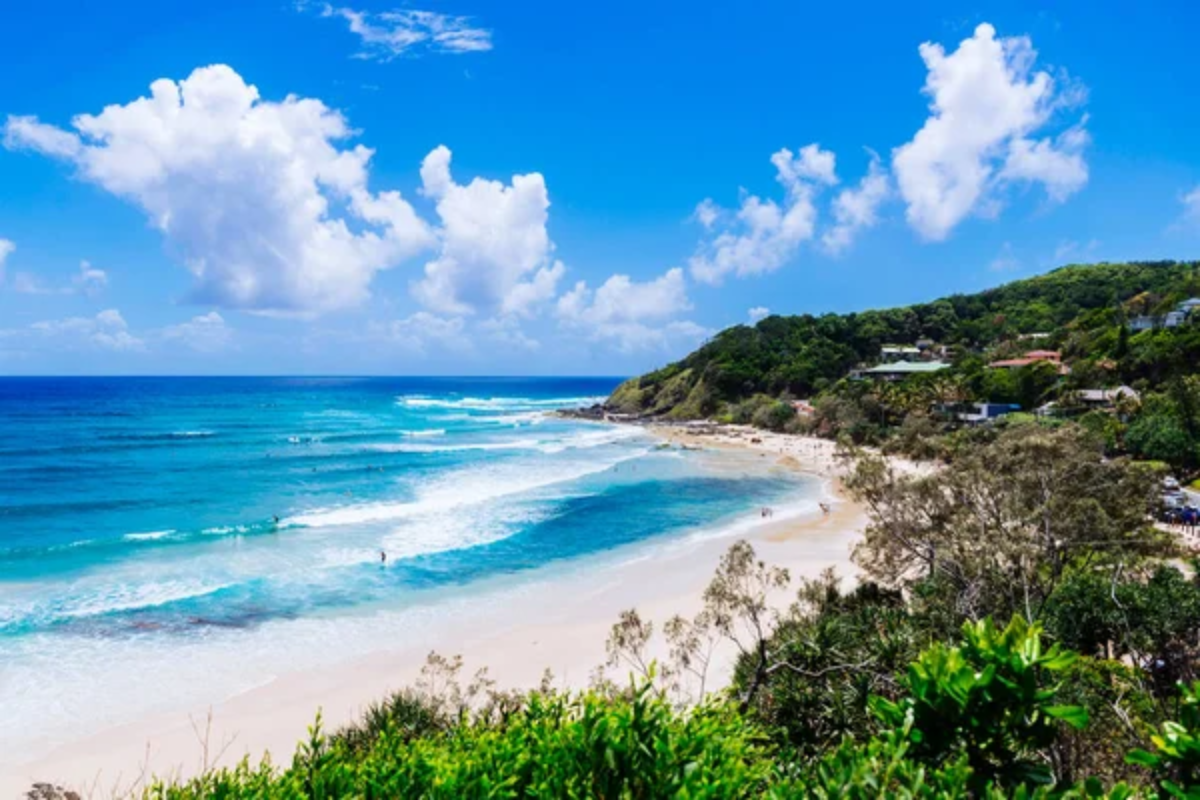
This pristine marine park south of Sydney provides excellent bioluminescent kayaking opportunities, especially during warmer months from December to March. The bay’s crystal-clear waters and minimal development create ideal conditions for plankton while offering stunning scenery during daylight hours.
Multiple launch points around the bay give paddlers options for different experience levels.
Like Travel Pug’s content? Follow us on MSN.
Bioluminescent Bay, Barbados
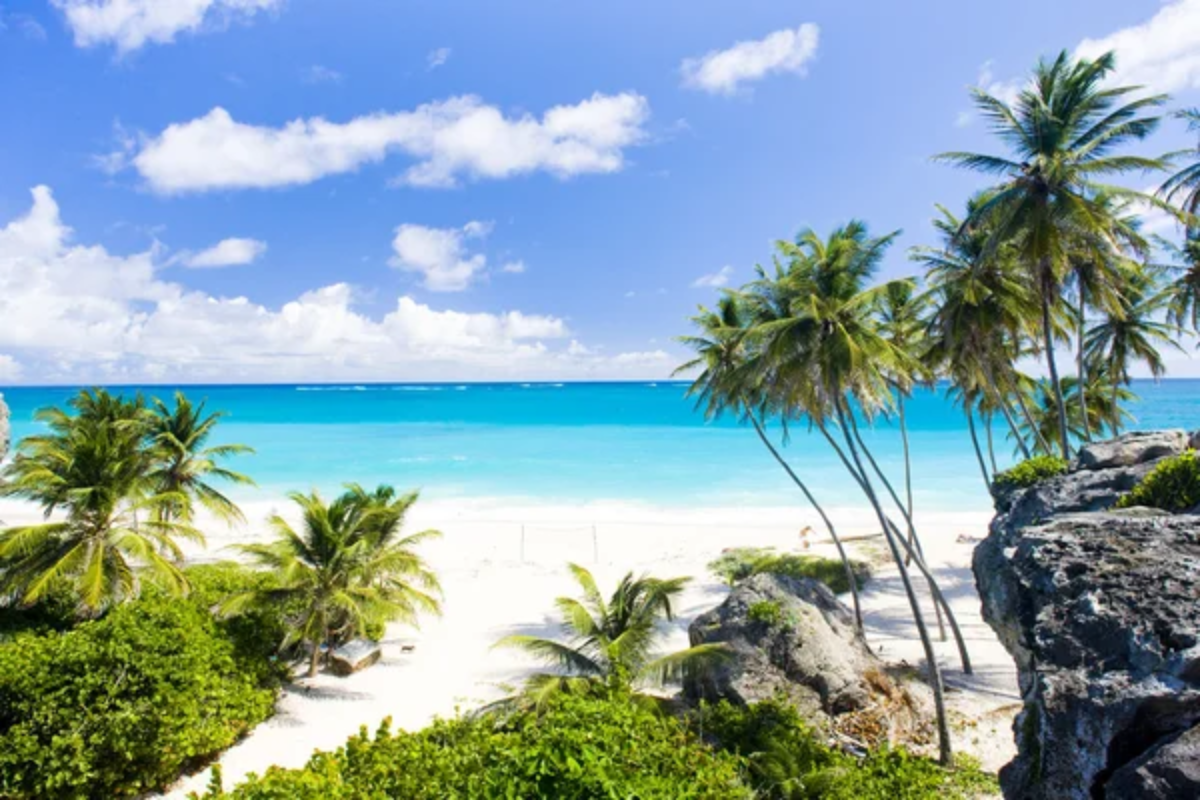
Located on the island’s west coast near Bridgetown, this lesser-known spot offers reliable bioluminescence with minimal crowds. The protected bay stays calm most evenings, making it perfect for beginners who want to experience glowing water without challenging conditions.
Local operators offer sunset-to-night tours that let you watch the transformation as darkness brings out the light show.
Gippsland Lakes, Australia
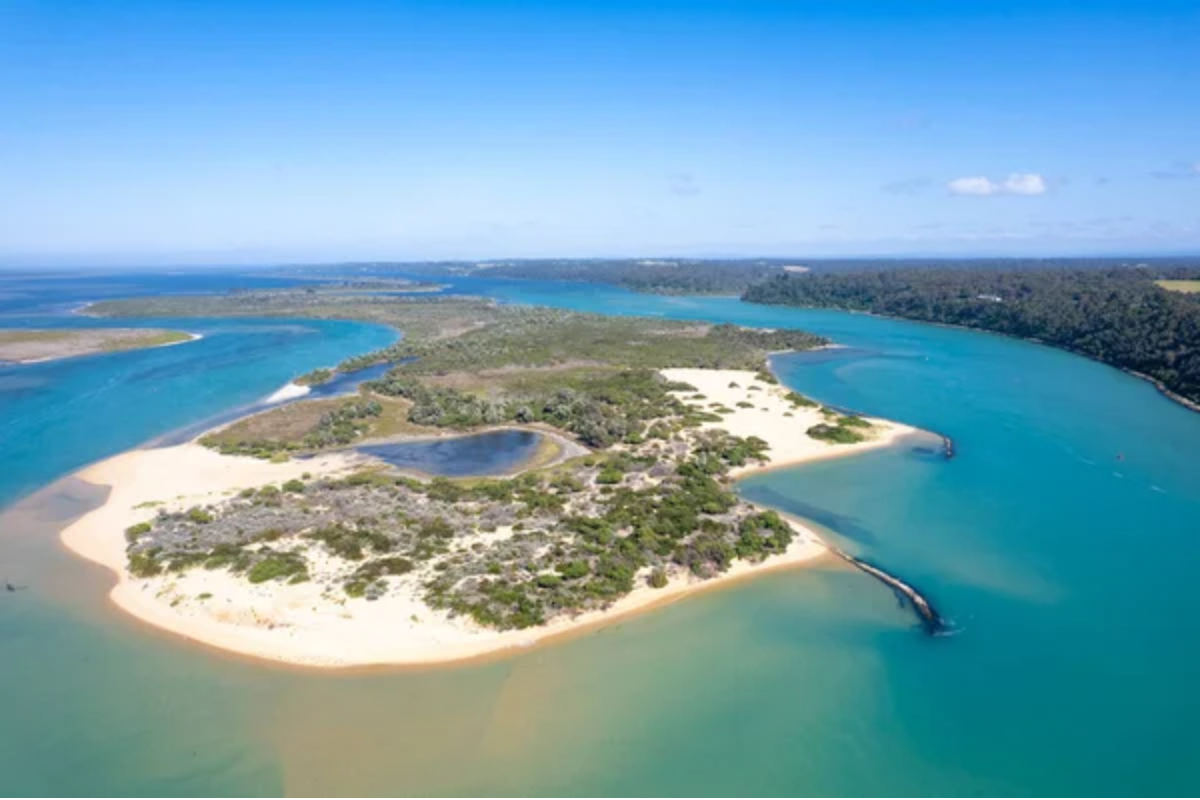
These interconnected coastal lakes in Victoria produce some of the Southern Hemisphere’s most intense bioluminescent displays, particularly during summer algae blooms. The shallow, warm waters create perfect conditions for massive plankton concentrations that glow brightly with minimal disturbance.
At the same time, access points around Lakes Entrance provide multiple options for exploring different areas of this vast system.
Matsu Islands, Taiwan
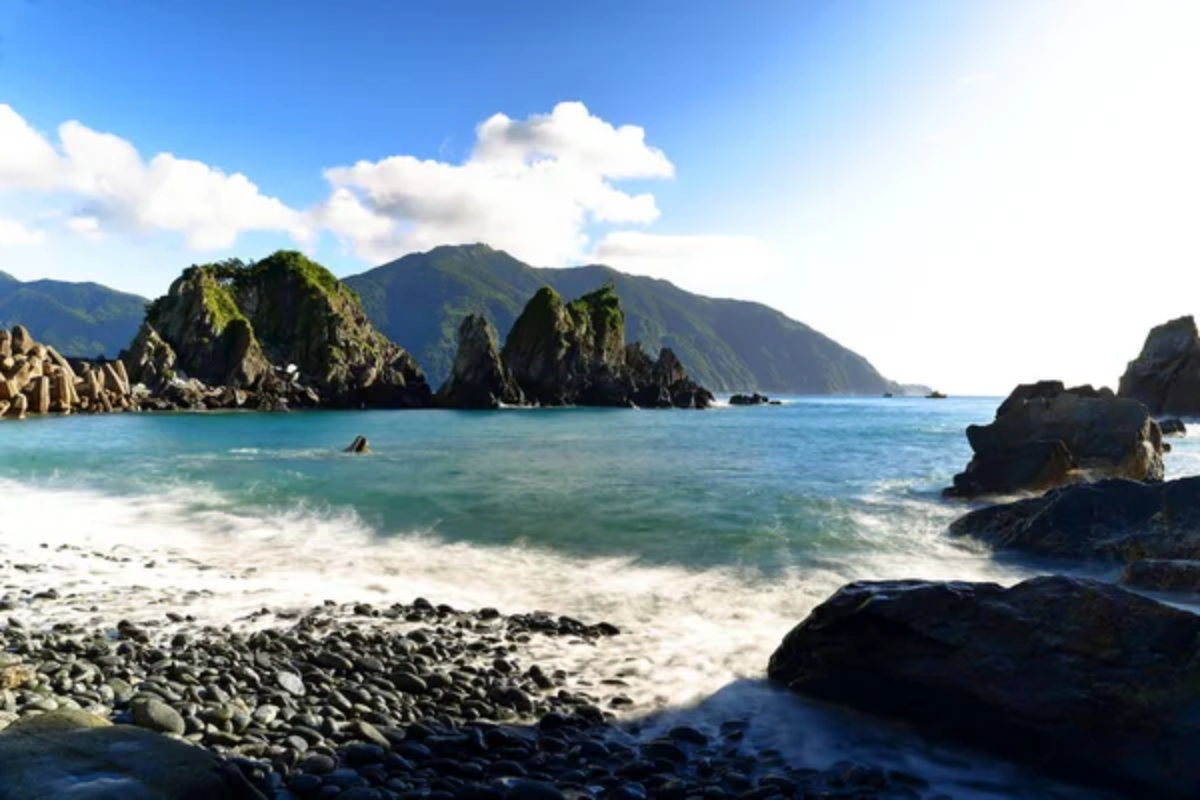
These remote islands between Taiwan and mainland China offer pristine bioluminescent experiences with virtually no light pollution. The protected waters around Nangan and Beigan islands support healthy plankton populations that create spectacular displays during spring and summer months.
Local guesthouses arrange night kayaking tours that combine stargazing with underwater light shows.
Like Travel Pug’s content? Follow us on MSN.
Waitomo Caves Region, New Zealand
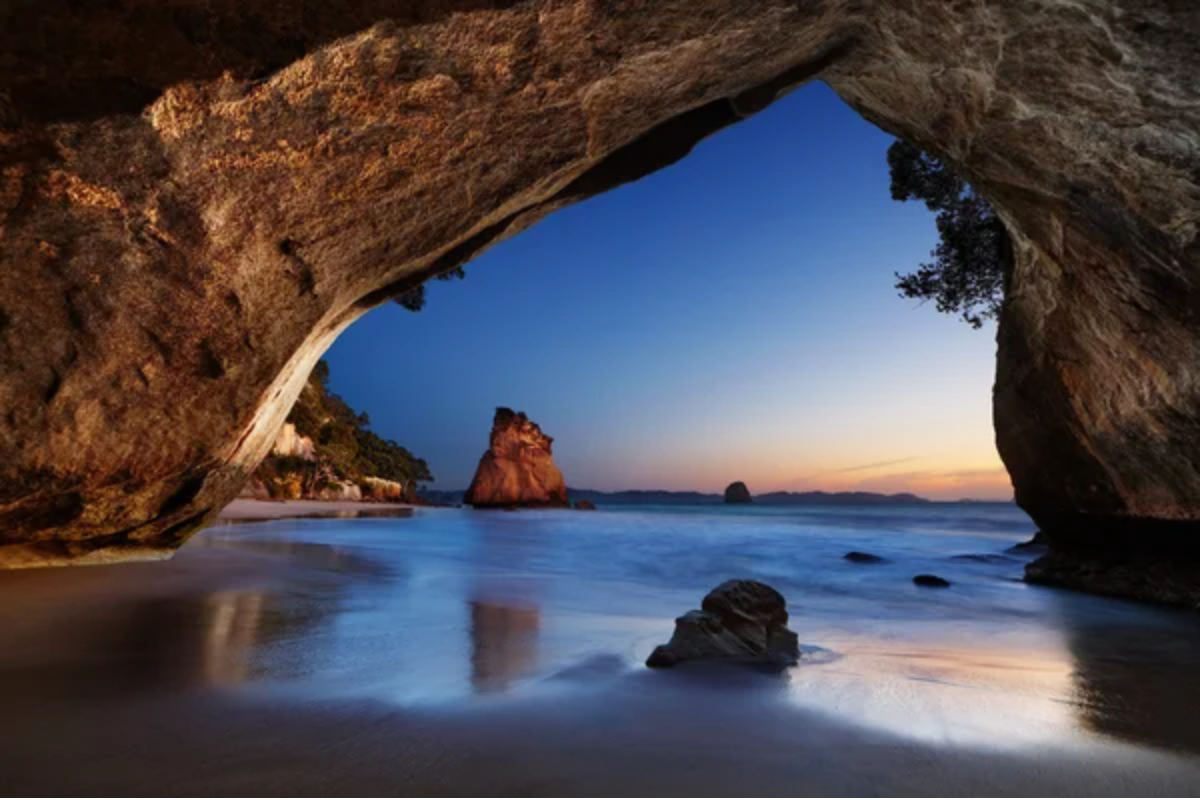
While famous for glowworm caves, the coastal areas near Waitomo also offer marine bioluminescence in sheltered bays along the Tasman Sea. The combination of cave glowworms and marine plankton creates unique opportunities to experience both terrestrial and aquatic bioluminescence in the same evening.
However, local operators offer combined tours that showcase both phenomena.
Koh Rong, Cambodia
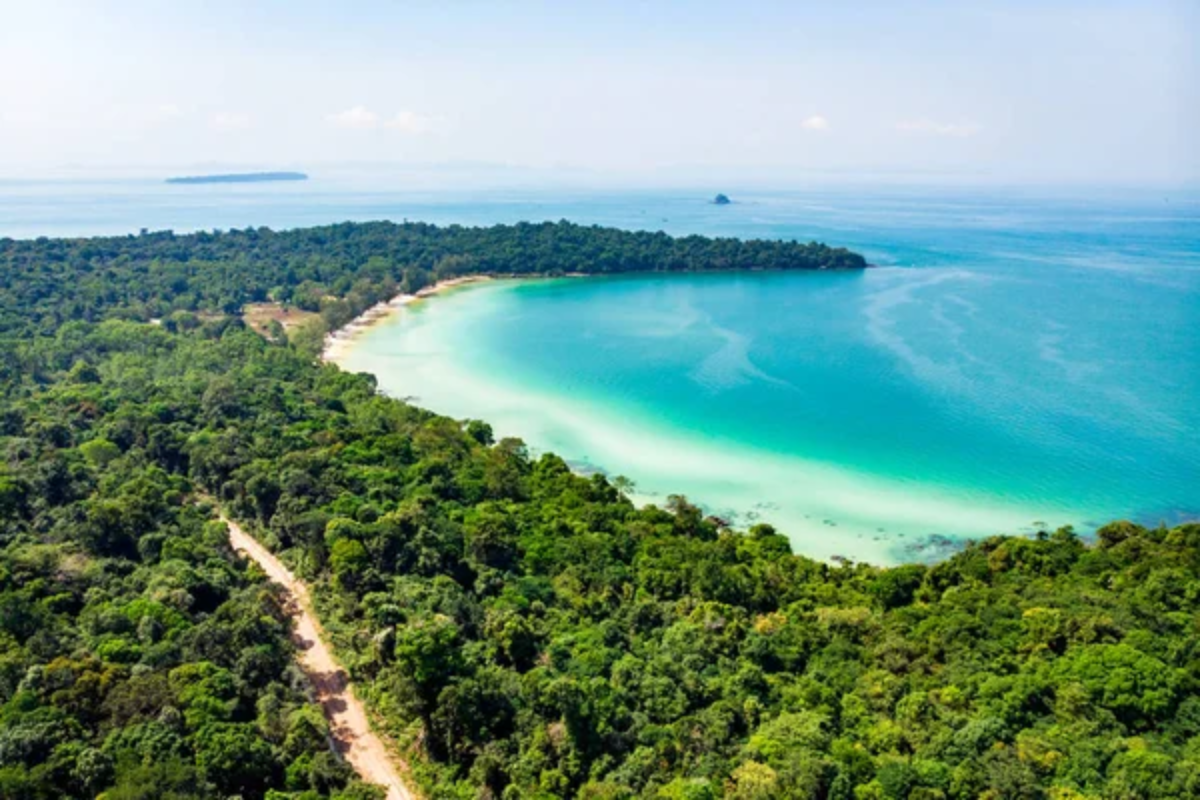
This developing island destination offers some of Southeast Asia’s most pristine bioluminescent waters, particularly in the quieter bays away from the main beach areas. The lack of major development means minimal light pollution and undisturbed marine ecosystems.
Night kayaking here feels like paddling through liquid electricity, with every stroke creating trails of blue-green light.
Bocas del Toro, Panama
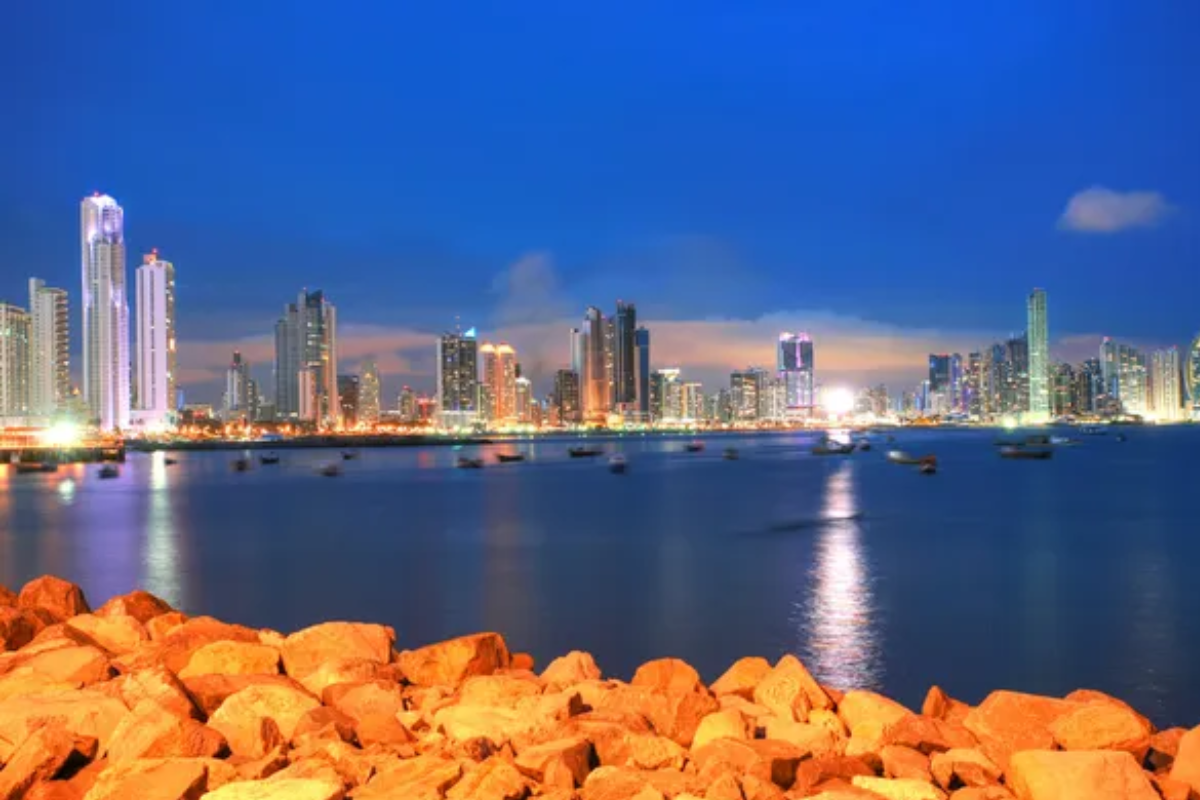
The archipelago’s protected lagoons and mangrove channels provide excellent bioluminescent paddling, especially around Isla Escudo de Veraguas and in the quieter backwaters. The mix of Caribbean waters and freshwater inputs creates unique conditions that support different types of light-producing organisms.
At the same time, local guides know the best spots and timing for optimal experiences.
Like Travel Pug’s content? Follow us on MSN.
Lough Hyne, Ireland
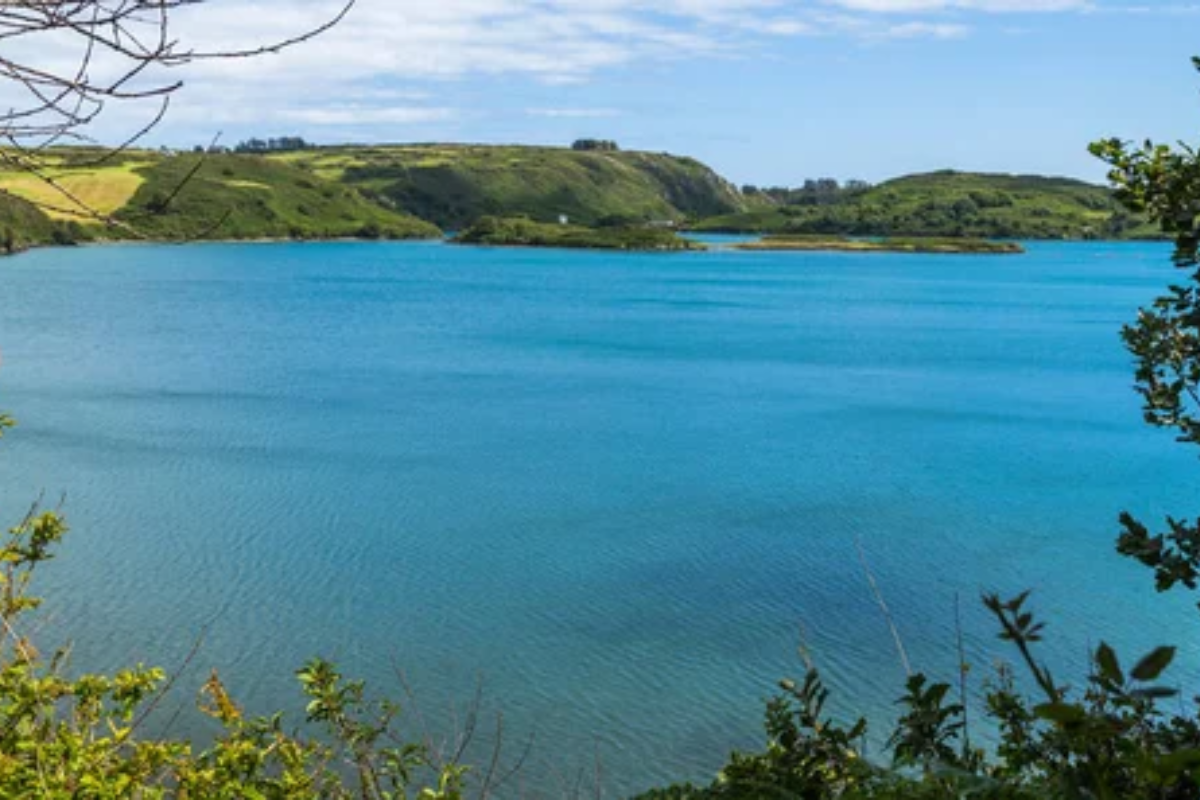
This rare marine lake in County Cork offers Europe’s most accessible bioluminescent paddling experience. Due to the lake’s unique tidal connection to the sea, plankton populations are guaranteed.
The protected environment means consistent conditions year-round, though summer months provide the brightest displays. The lake’s small size makes it perfect for beginners while offering surprisingly intense bioluminescence.
Vaadhoo Island, Maldives
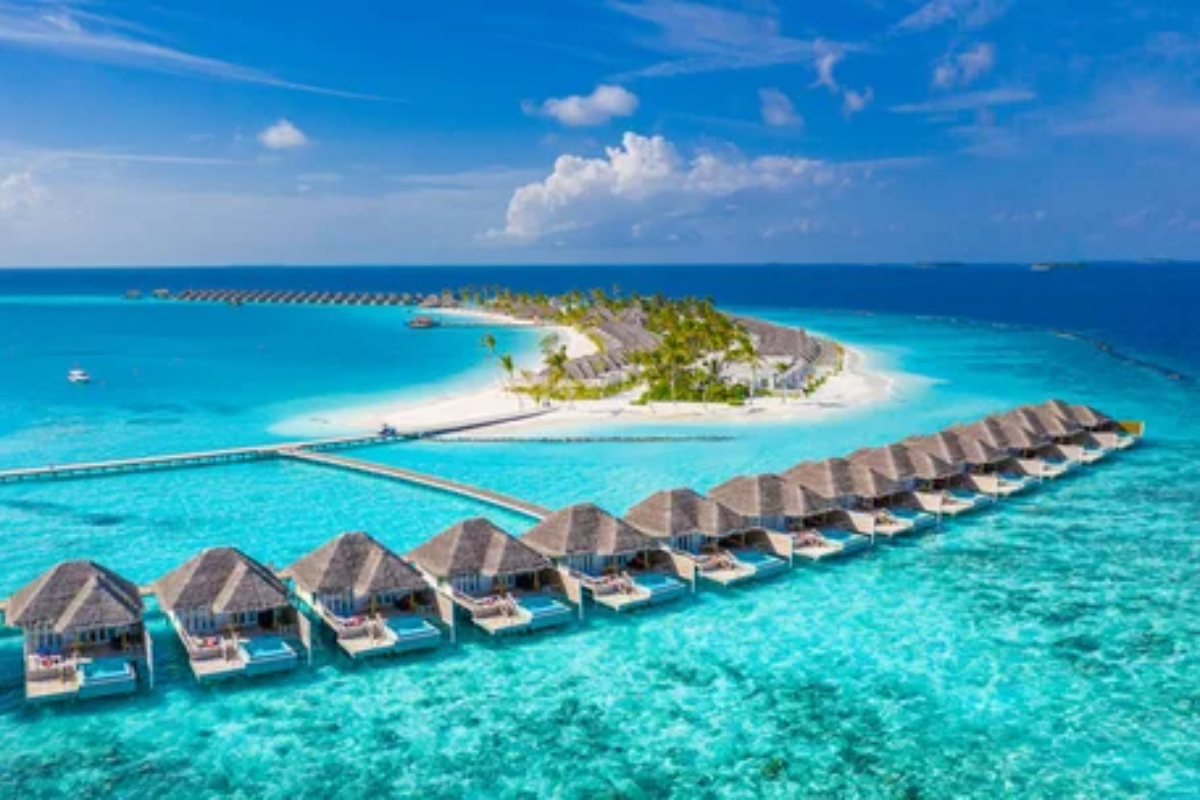
Part of the Raa Atoll, this tiny island offers the famous ‘sea of stars’ phenomenon, where beaches glow blue at night. The surrounding lagoon provides calm conditions for kayaking among the bioluminescent plankton that wash ashore, though resort partnerships make this accessible to visitors.
The remote location ensures pristine conditions with minimal light pollution.
Mission Bay, San Diego
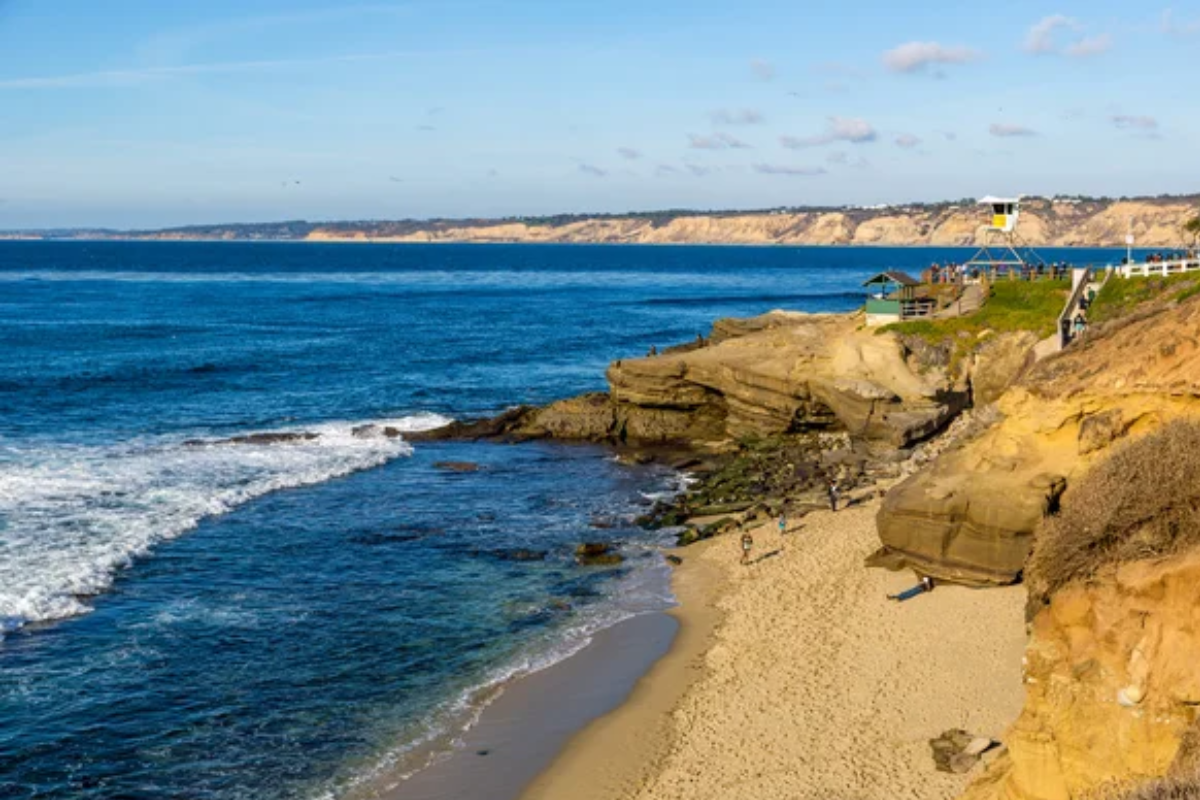
Surprisingly, this urban bay offers excellent bioluminescent experiences during red tide events, which typically occur every few years in late summer. The bay’s protected waters concentrate plankton while remaining easily accessible from multiple launch points around the city.
When conditions align, paddlers can experience intense bioluminescence just minutes from downtown San Diego.
Like Travel Pug’s content? Follow us on MSN.
Penobscot Bay, Maine
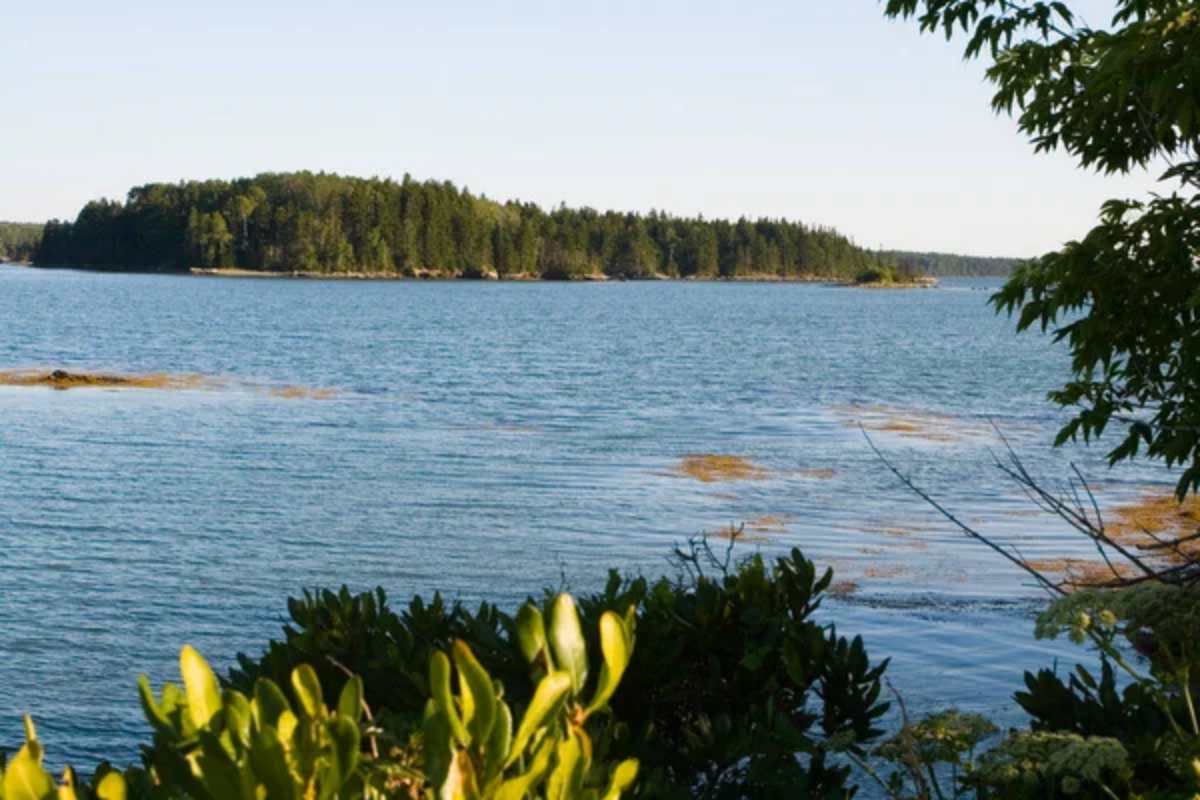
Maine’s largest bay hosts bioluminescent displays during warmer months, particularly around the numerous islands and protected coves. The cold, nutrient-rich waters support healthy plankton populations that create spectacular light shows during summer evenings.
However, local outfitters in Camden and Rockland offer guided tours to the best viewing spots among the bay’s 3,000 islands.
Newquay Bay, England
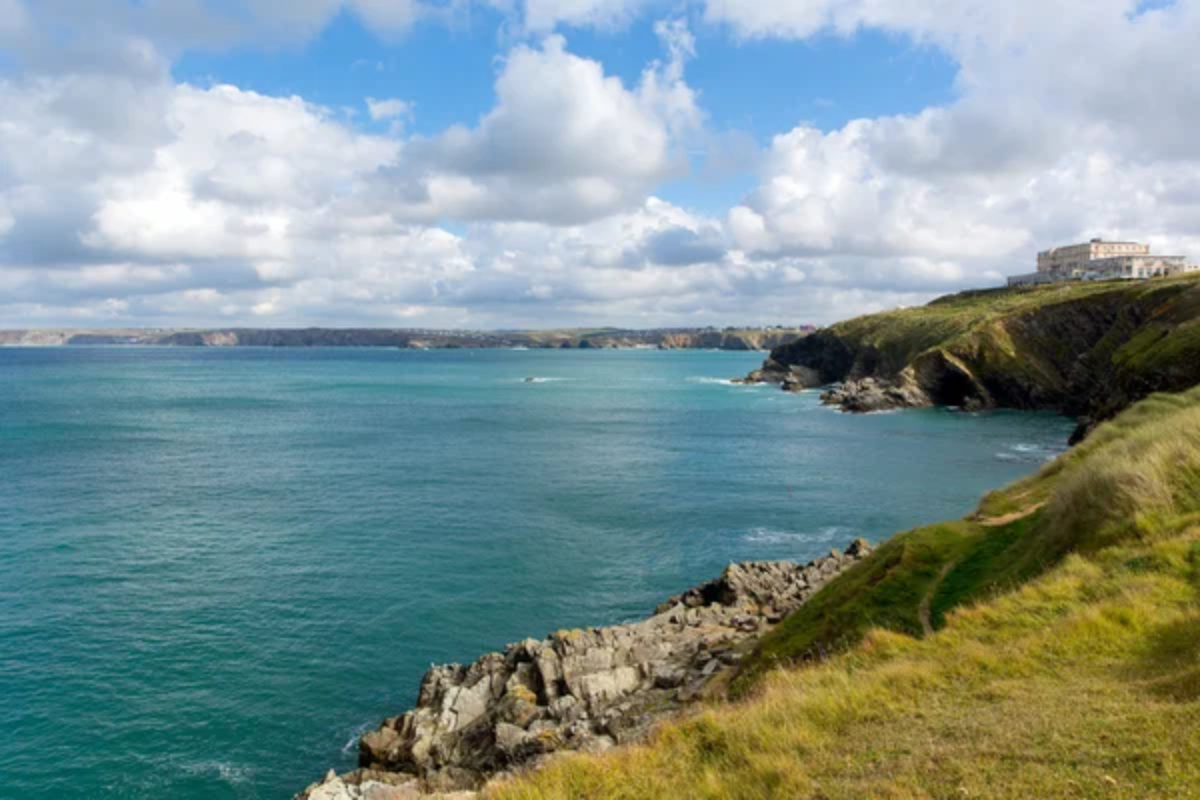
Cornwall’s premier surfing destination also offers excellent bioluminescent paddling in its sheltered areas, particularly during late summer plankton blooms. The bay’s unique geography creates calm pockets where glowing organisms concentrate while strong tidal action brings in fresh nutrients.
Yet, local kayak schools offer special night tours when conditions are favorable.
Lake Taupo, New Zealand
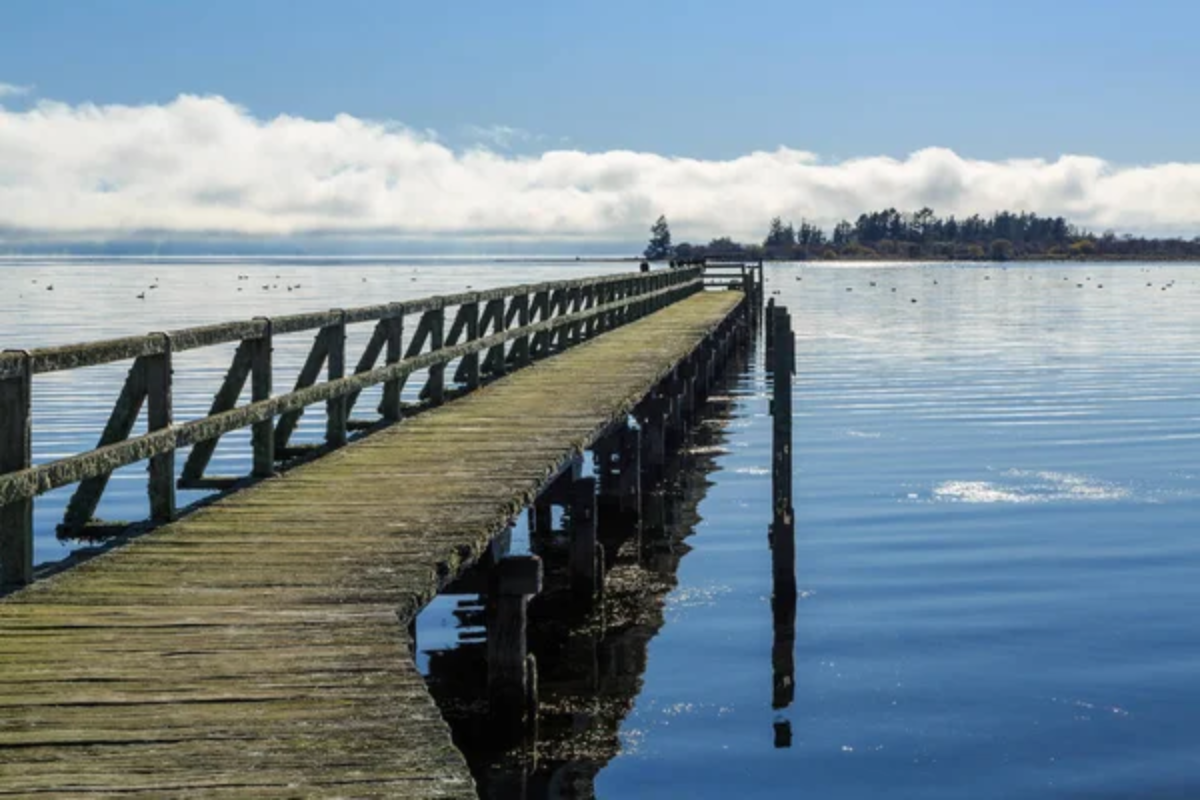
While primarily a freshwater lake, Taupo’s unique volcanic geology creates conditions that support bioluminescent organisms in certain areas, particularly near underwater hot springs. The lake’s massive size and depth create varied microenvironments where different light-producing species thrive, though guided tours focus on specific areas known for consistent bioluminescent activity.
Like Travel Pug’s content? Follow us on MSN.
Where Ancient Lights Meet Modern Wonder
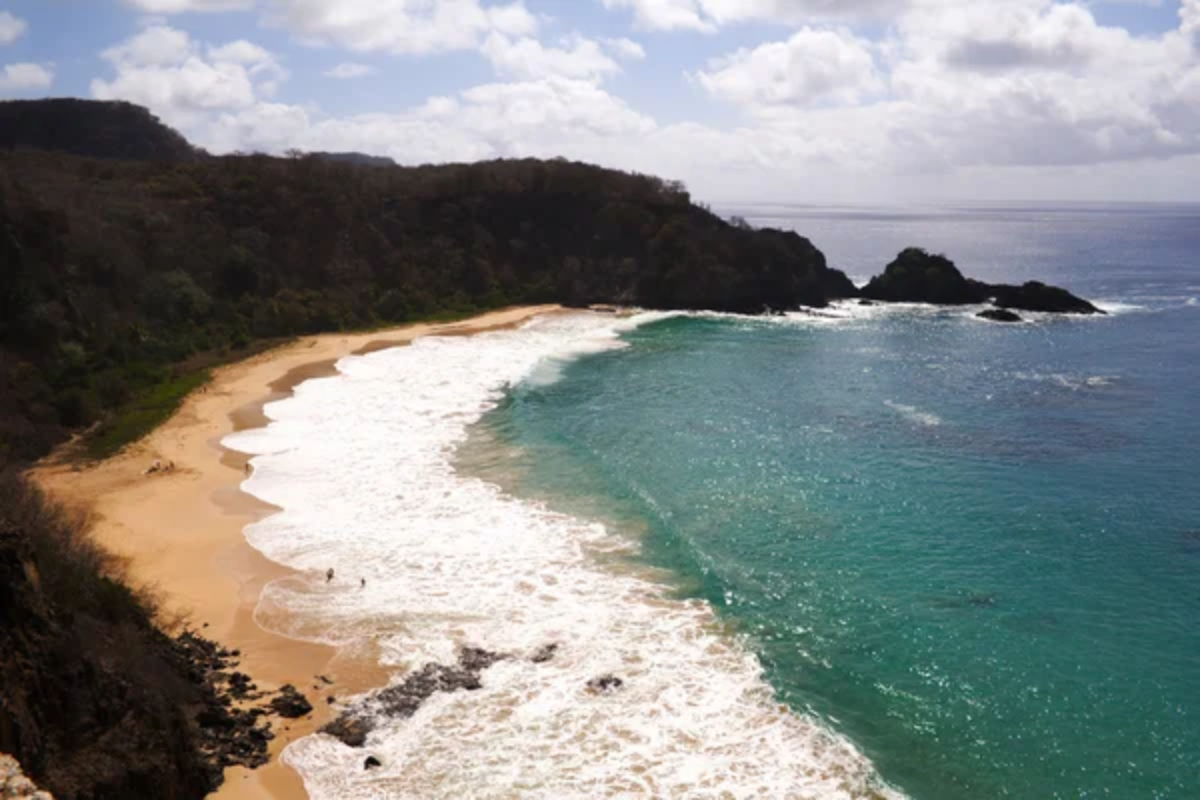
These secluded bays represent more than just beautiful paddling destinations — they’re windows into one of Earth’s oldest light shows. Bioluminescence has existed for over 500 million years, long before humans walked the planet, yet it continues to inspire wonder in everyone who witnesses it.
The same microscopic organisms that amazed ancient mariners still create magic for modern paddlers willing to venture into the darkness. However, as our world becomes increasingly illuminated by artificial lights, these natural light shows become even more precious.
They remind us that some of nature’s most spectacular displays can only be seen when we turn off our lights and let the ocean shine.
More from Travel Pug

- 20 Best Beach Towns in the Carolinas
- 13 Destinations Where Tourists Regularly Regret Their Trip
- 20 Destinations That Are More Magical Without an Itinerary
- 20 Underrated Adventures That Belong on Your Travel List
- 20 Cities Where You Should Just Wing It, No Planning Required
Like Travel Pug’s content? Follow us on MSN.
